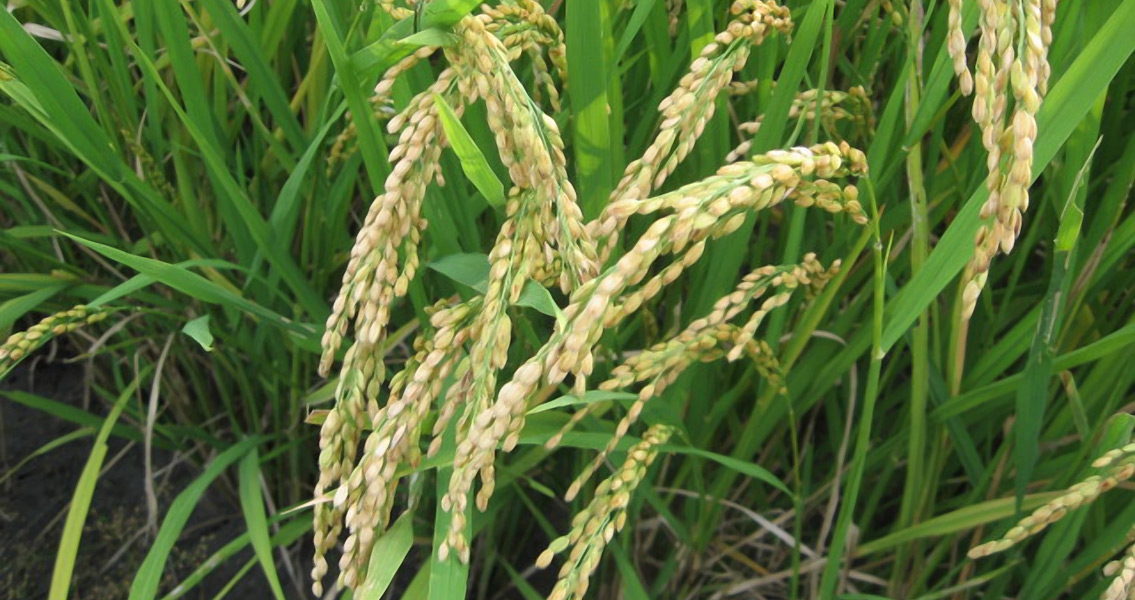<![CDATA[A new archaeological dig in China has uncovered evidence of just how long humans have been farming domesticated rice: around 9,000 years, according to an international team of researchers. In a press release from University of Toronto Mississauga, Professor Gary Crawford, who was involved in the research, says that while rice might be one of the most crucial grains in today’s global economy, at one time it was a wild plant. The researcher, who studies the interrelation of plants and people in prehistorical contexts, worked alongside a team of researchers from Zheijiang Province’s Provincial Institute of Cultural Relics and Archaeology in making the discovery of fragments of ancient domesticated rice, revealing that around 30 percent of the plant material turned out to have been cultivated, on purpose, for human consumption. The fragments, found in a probable ditch located within the lower Yangtze valley, indicate that rice domestication had been going on for quite some time according to Crawford – likely much longer than previously thought. The remains found by the research team also bore characteristics of a short grain rice known as japonica, commonly cultivated in Korea and Japan in order for use in sushi; the anthropological archaeologist pointed out that this specific rice crop’s lineage is clear, and that finding it in China – for the first time ever - confirms that it was indeed being cultivated within the region. Around three years of concentrated exploration of Huxi, a five-hectare dig site located around 100 meters above sea level in a flat basin, were needed for the team to make their conclusions. With the aid of other U of T Mississauga researchers – graduate students Nattha Cheunwattana and Danial Kwan, as well as fellow professor David Smith - Crawford and the rest of the team worked in the fall, winter and spring to avoid the unfavorable conditions that late spring and early summer bring to the region. In addition to the rice remains, the archaeologists found a trove of artifacts such as animal bones, stone tools, charcoal and examples of advanced, sophisticated pottery discovered around 1.5 meters below the surface. This is not the first time Crawford has conducted research into China’s early agriculture. In the past, the researcher has studied the ancient animal and plant management efforts as well as the tools and settlements present in other regions of China, all in an effort to understand how and why prehistoric humans transitioned to an agrarian lifestyle in lieu of a more nomadic one focused on foraging and hunting. Something pushed individuals living in these regions away from hunting and instead into farming in a major way, Crawford remarked, adding that he wants to answer the question as to what exactly drove these people to undertake such a fundamental shift in behavior. The researcher stated that farming was likely an unintended consequence of humans searching for methods to make life more sustainable and manageable, and that the discovery of this early example of rice domestication represents the initial stages of that fundamental shift towards sustainability. Crawford’s research findings, recently published in the journal Scientific Reports, can be found online here]]>
Origins of Farmed Rice Discovered in China
